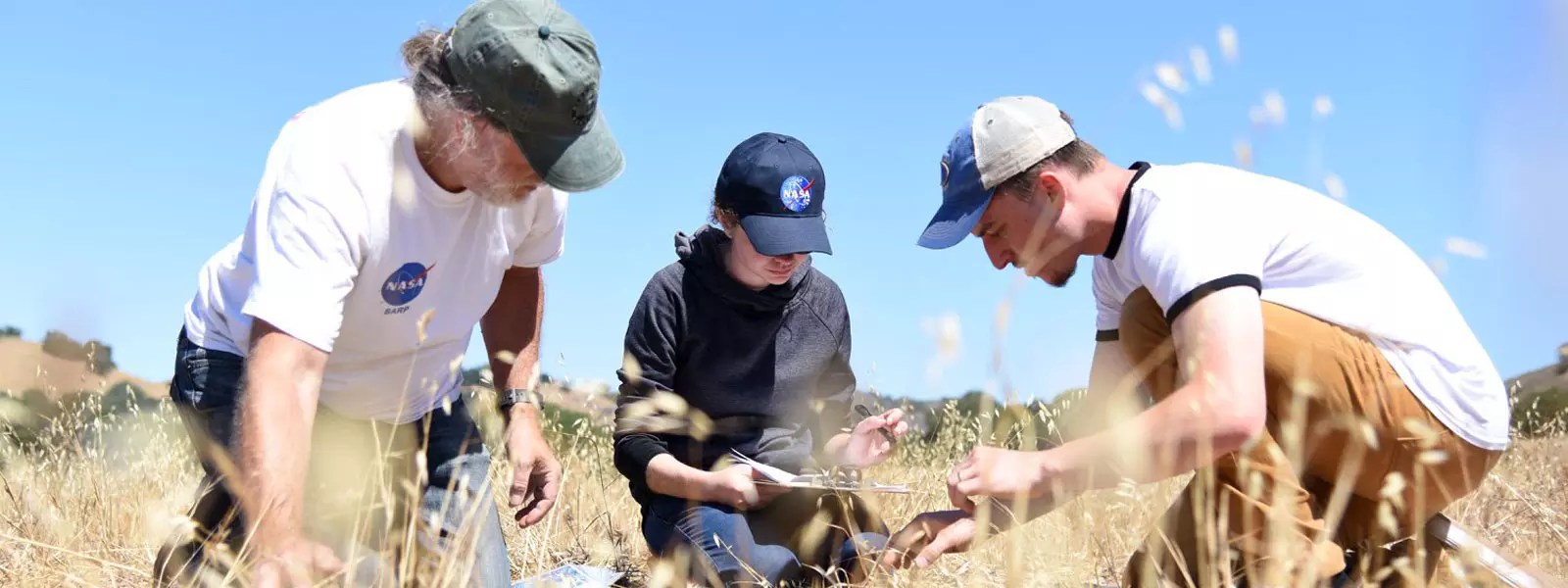We don’t just study climate. We act on it.
NASA collects data to show how our climate is changing from both natural causes and human activities, from documenting impacts on ice sheets, sea level, and Arctic sea ice to monitoring vegetation health and freshwater movement. We are putting decades of research, technology, and innovation to work to improve people's lives on our home planet.
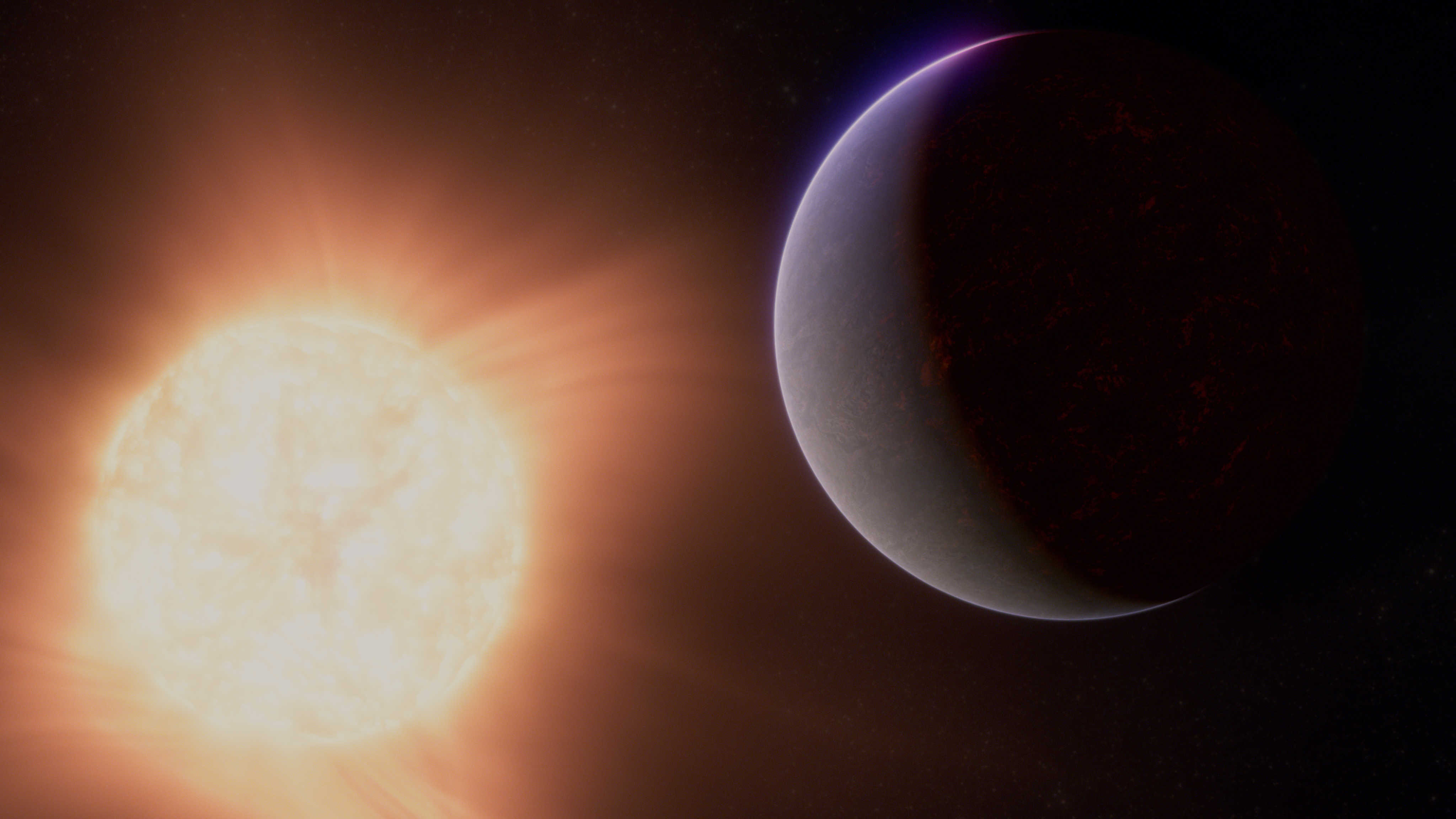
NASA’s Webb Hints at Possible Atmosphere Surrounding Rocky Exoplanet
Researchers using NASA’s James Webb Space Telescope may have detected atmospheric gases surrounding 55 Cancri e, a hot rocky exoplanet 41 light-years from Earth. This is the best evidence to date for the existence of any rocky planet atmosphere outside…

Johnson Celebrates AA and NHPI Heritage Month: Kimia Seyedmadani
A quest for innovative ideas and development processes led biomedical engineer Kimia Seyedmadani to NASA’s Human Research Program (HRP) in 2018. After working for several years to design and develop cutting-edge medical devices, Seyedmadani became frustrated with resistance to innovative…
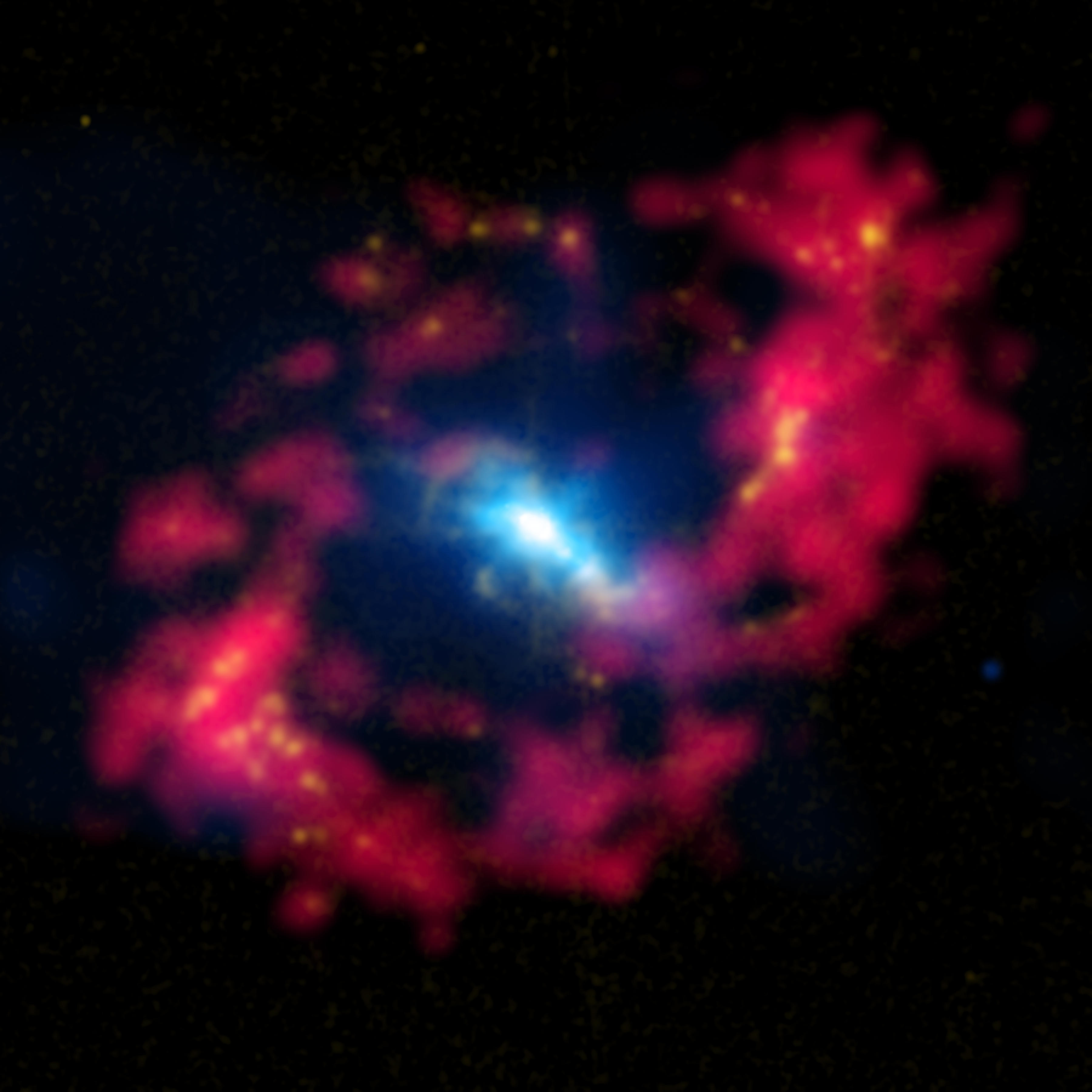
NASA, JAXA XRISM Spots Iron Fingerprints in Nearby Active Galaxy
After starting science operations in February, Japan-led XRISM (X-ray Imaging and Spectroscopy Mission) studied the monster black hole at the center of galaxy NGC 4151. “XRISM’s Resolve instrument captured a detailed spectrum of the area around the black hole,” said…
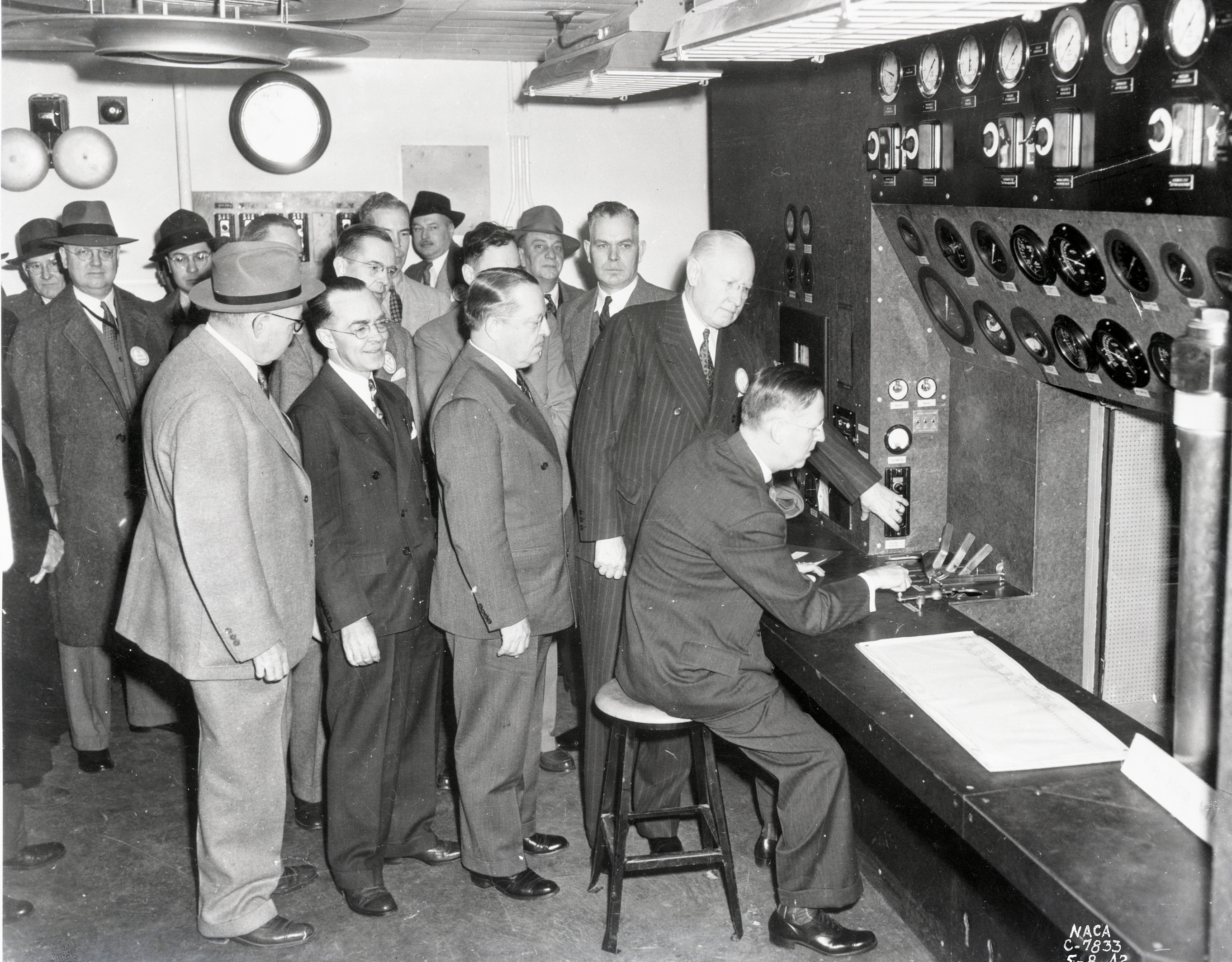
1942: Engine Roars to Life in First Test at Future NASA Glenn
In a crowded control room on May 8, 1942, National Advisory Committee for Aeronautics (NACA) leaders George Lewis and John Victory pushed a button and spun a crank that activated a massive piston engine in the adjacent test cell of…

International SWOT Mission Can Improve Flood Prediction
A partnership between NASA and the French space agency, the satellite is poised to help improve forecasts of where and when flooding will occur in Earth’s rivers, lakes, and reservoirs. Rivers, lakes, and reservoirs are like our planet’s arteries, carrying…
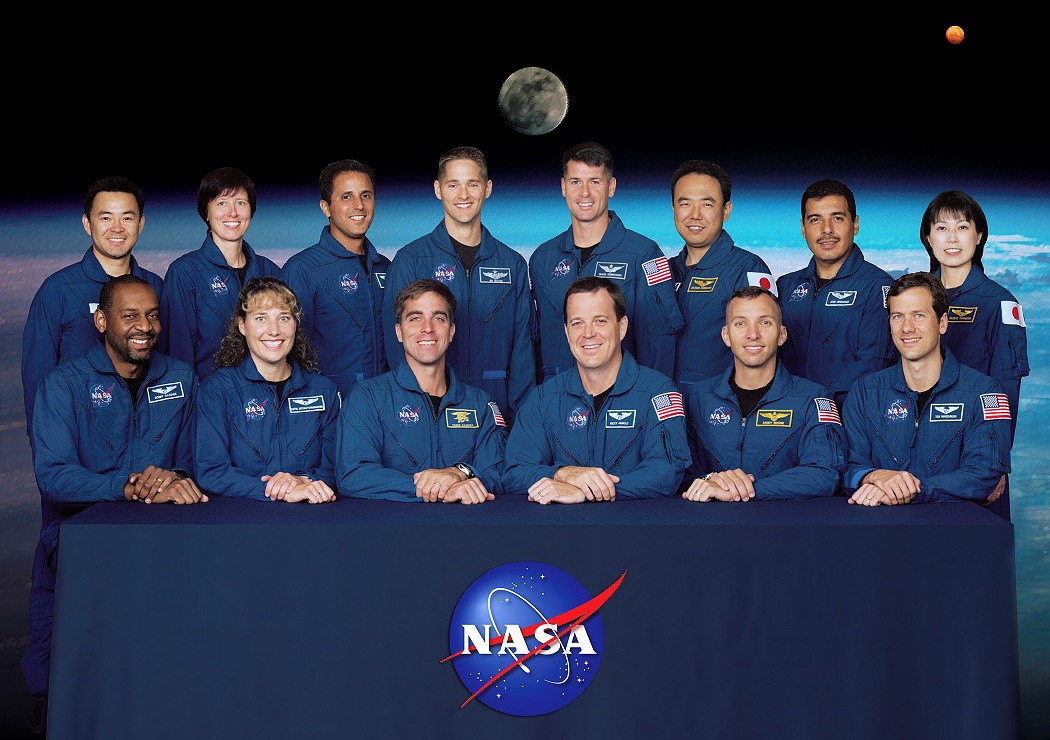
20 Years Ago: NASA Selects its 19th Group of Astronauts
On May 6, 2004, NASA announced the selection of its 19th group of astronauts. The group comprised 11 candidates – two pilots, six mission specialists, and three educator mission specialists – and included two women, two Hispanic Americans, and one…

NASA’s TESS Returns to Science Operations
NASA’s TESS (Transiting Exoplanet Survey Satellite) returned to science operations May 3 and is once again making observations. The satellite went into safe mode April 23 following a separate period of down time earlier that month. The operations team determined…
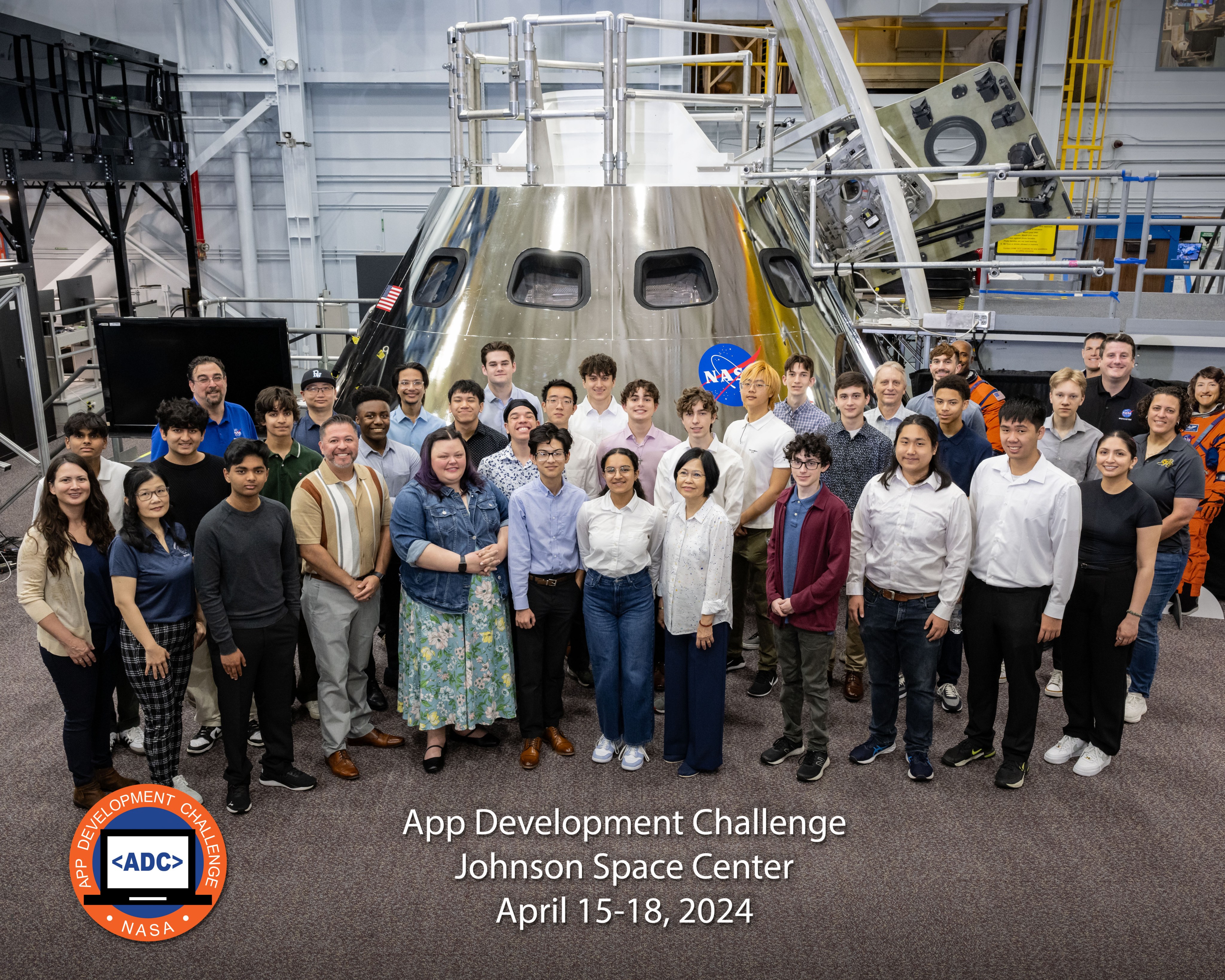
NASA Challenge Gives Artemis Generation Coders a Chance to Shine
NASA’s Office of STEM Engagement selected seven student teams to participate in a culminating event for the 2024 App Development Challenge (ADC), one of the agency’s Artemis Student Challenges, at NASA’s Johnson Space Center in Houston from April 15-18, 2024.…

International SWOT Mission Can Improve Flood Prediction
A partnership between NASA and the French space agency, the satellite is poised to help improve forecasts of where and when flooding will occur in Earth’s rivers, lakes, and reservoirs. Rivers, lakes, and reservoirs are like our planet’s arteries, carrying…
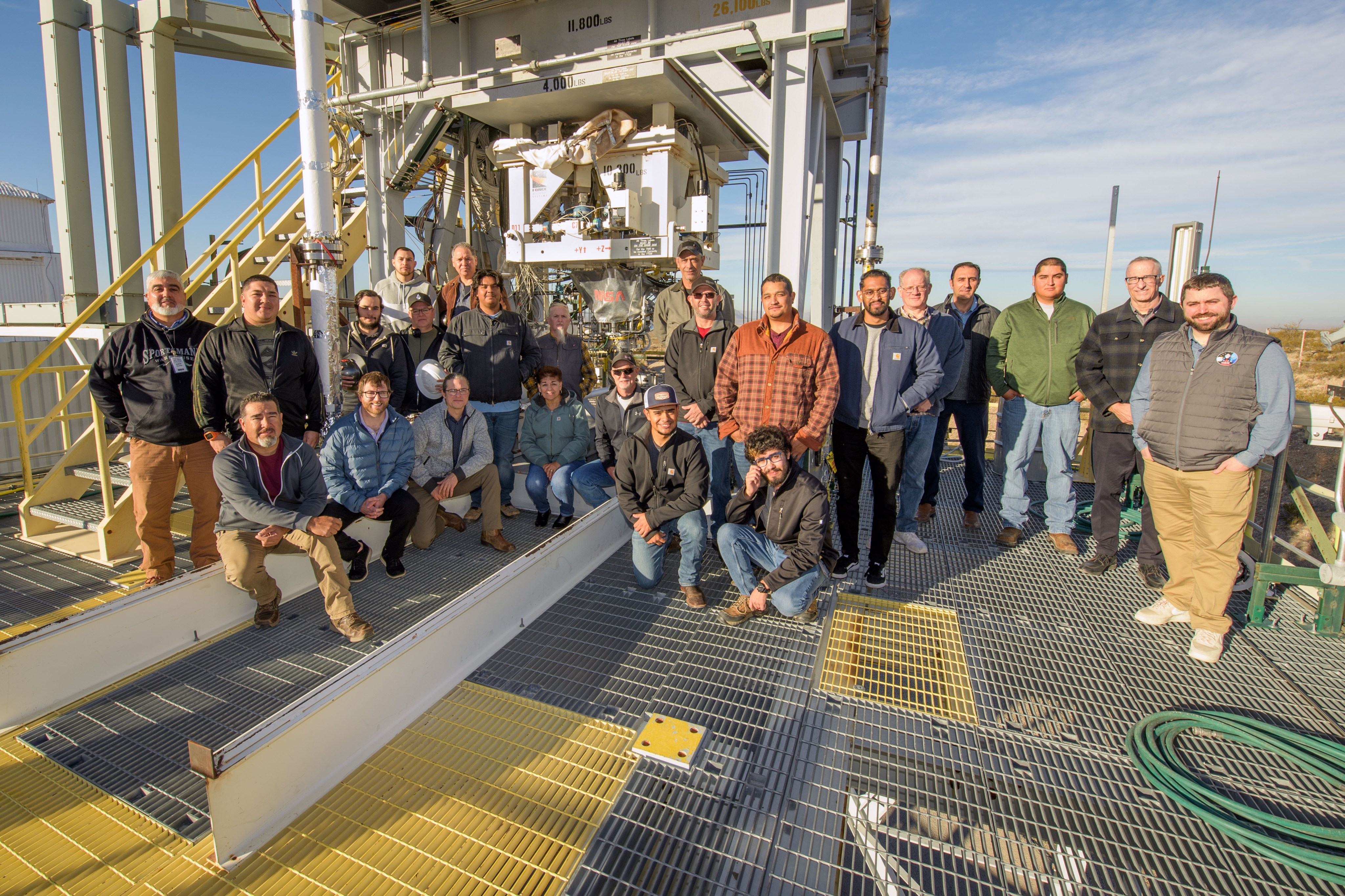
White Sands Propulsion Team Tests 3D-Printed Orion Engine Component
When the Orion spacecraft carries the first Artemis crews to the Moon and back, it will rely on the European Service Module contributed by ESA (European Space Agency) to make the journey. The service module provides electrical power generation, propulsion,…
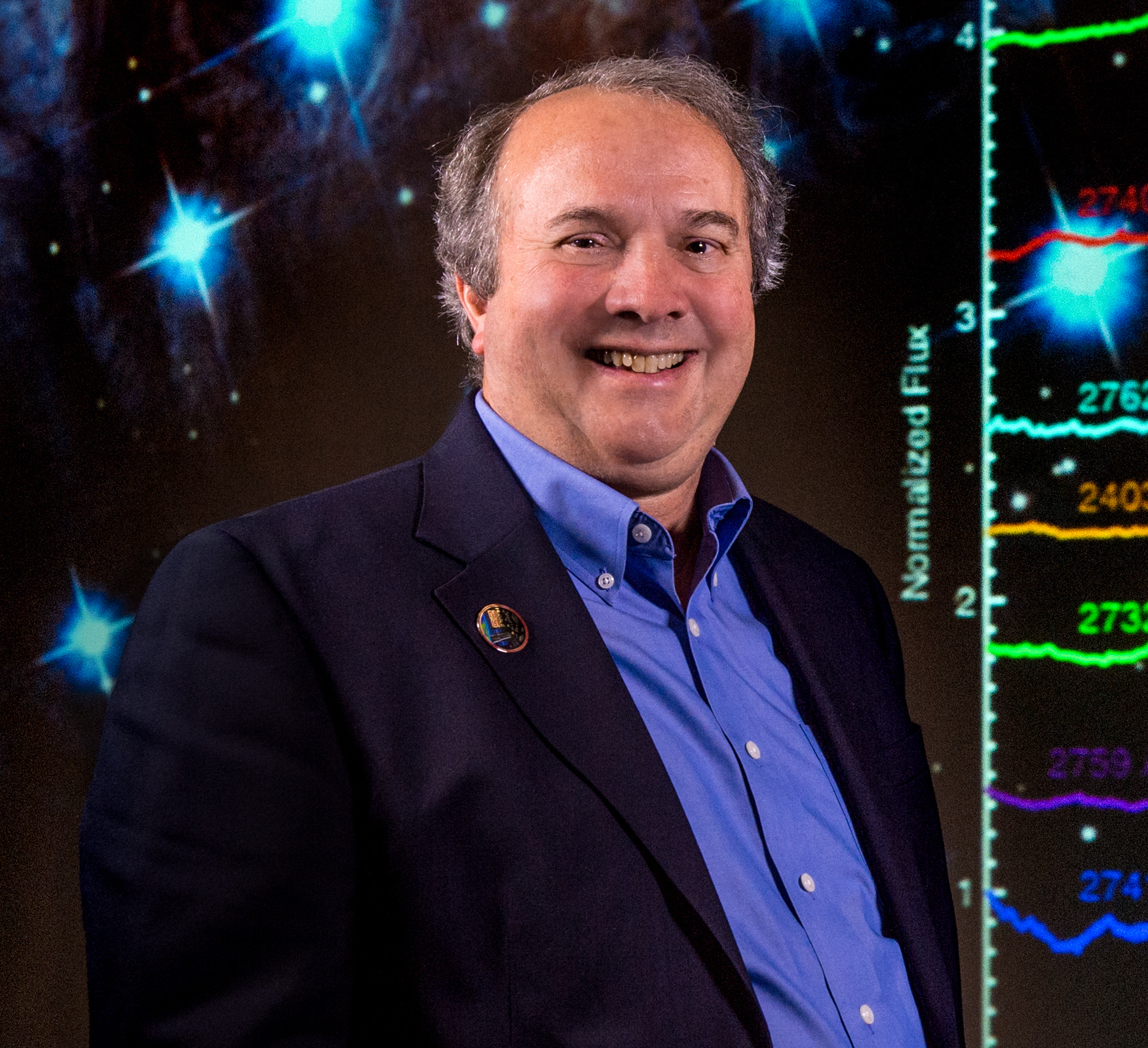
Ken Carpenter: Ensuring Top-Tier Science from Moon to Stars
Today, Ken Carpenter is a scientist for NASA’s Hubble and Roman space telescopes, but in 1967 he was just a teenager at his local library out to fact-check a “Star Trek” episode. Name: Kenneth G. CarpenterTitle: Operations Project Scientist for…
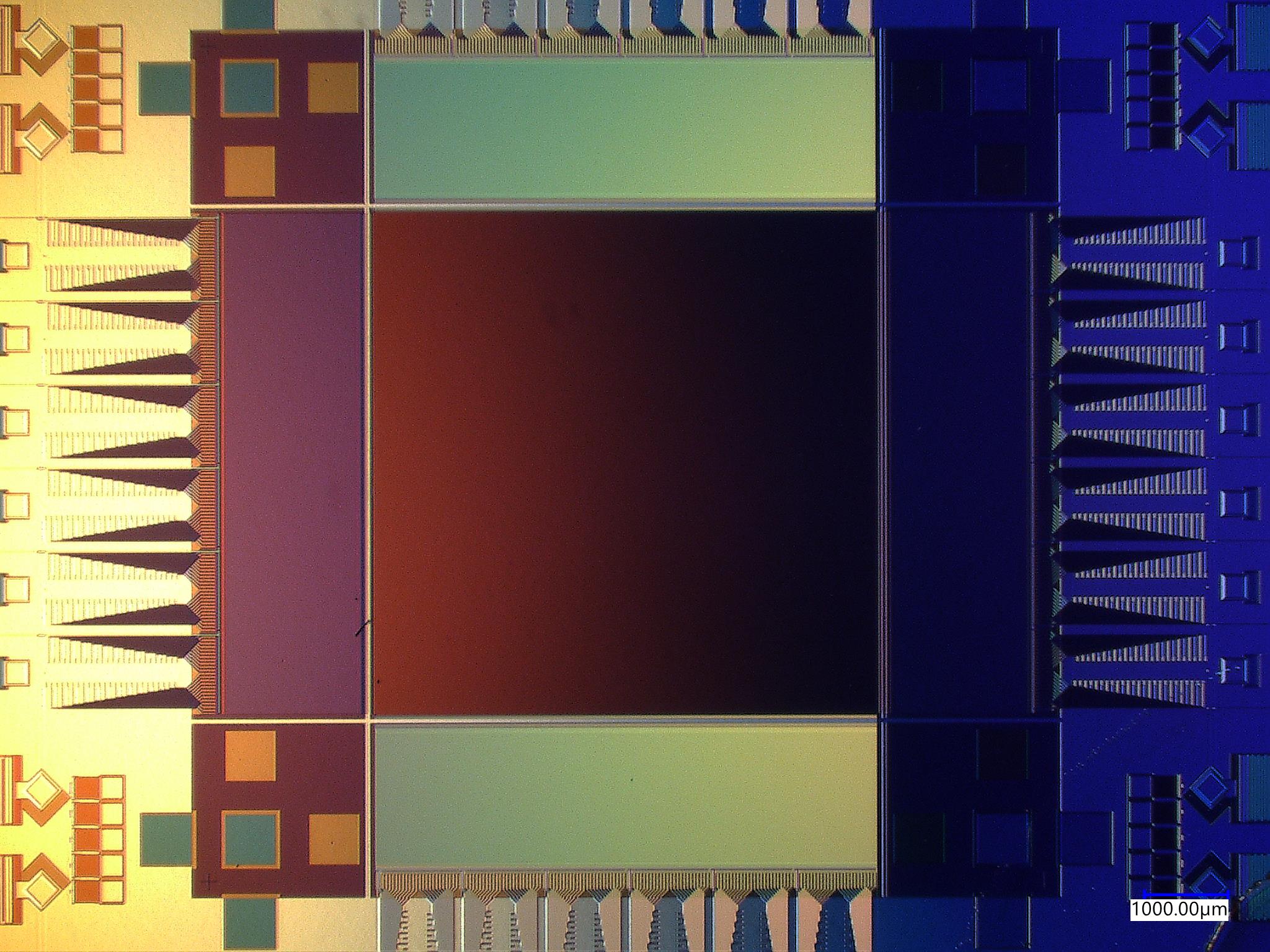
Breaking the Scaling Limits: New Ultralow-noise Superconducting Camera for Exoplanet Searches
When imaging faint objects such as distant stars or exoplanets, capturing every last bit of light is crucial to get the most out of a scientific mission. These cameras must be extremely low-noise, and be able to detect the smallest…
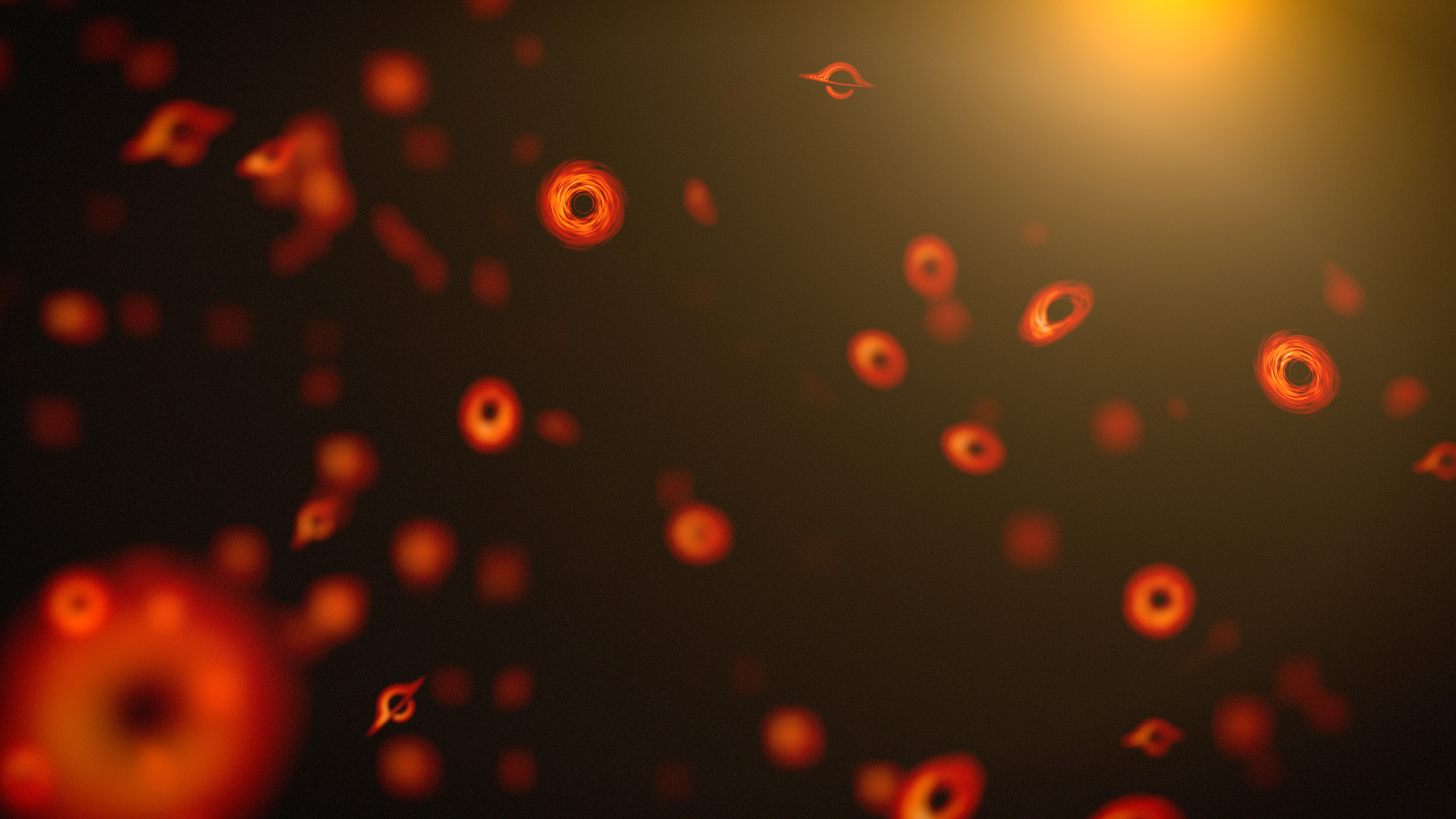
How NASA’s Roman Mission Will Hunt for Primordial Black Holes
Astronomers have discovered black holes ranging from a few times the Sun’s mass to tens of billions. Now a group of scientists has predicted that NASA’s Nancy Grace Roman Space Telescope could find a class of “featherweight” black holes that…
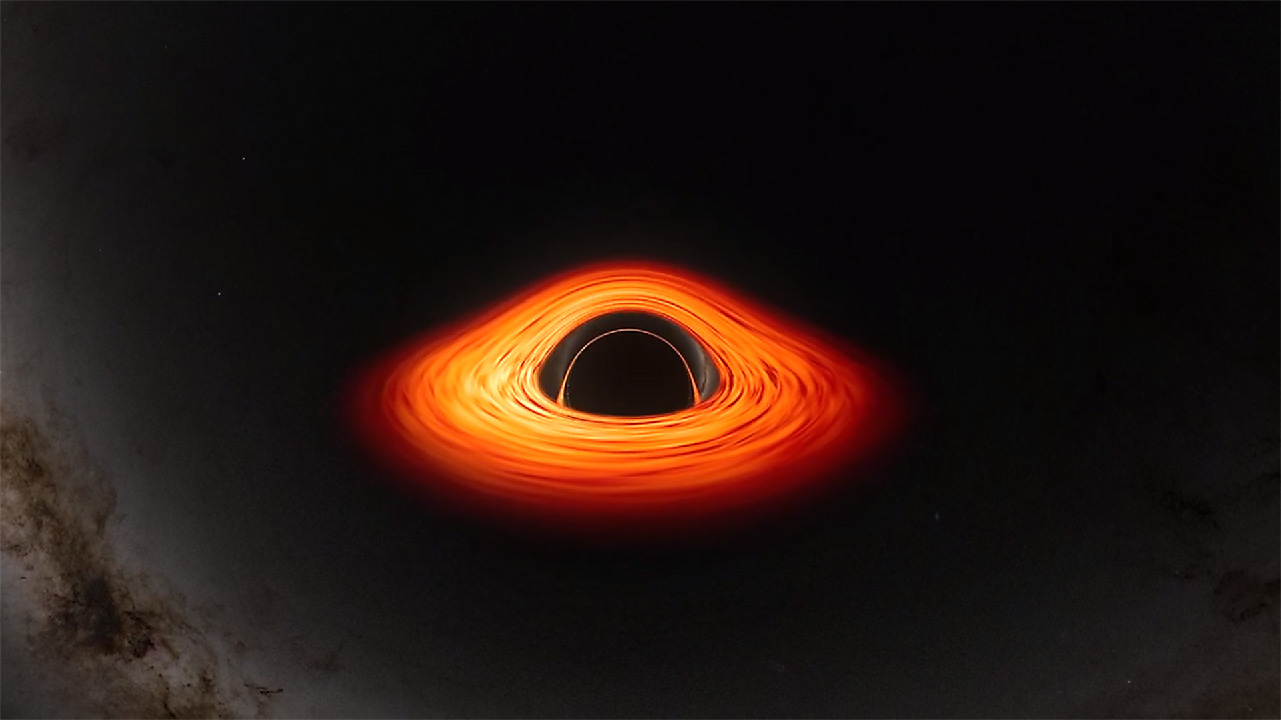
New NASA Black Hole Visualization Takes Viewers Beyond the Brink
Ever wonder what happens when you fall into a black hole? Now, thanks to a new, immersive visualization produced on a NASA supercomputer, viewers can plunge into the event horizon, a black hole’s point of no return. “People often ask…
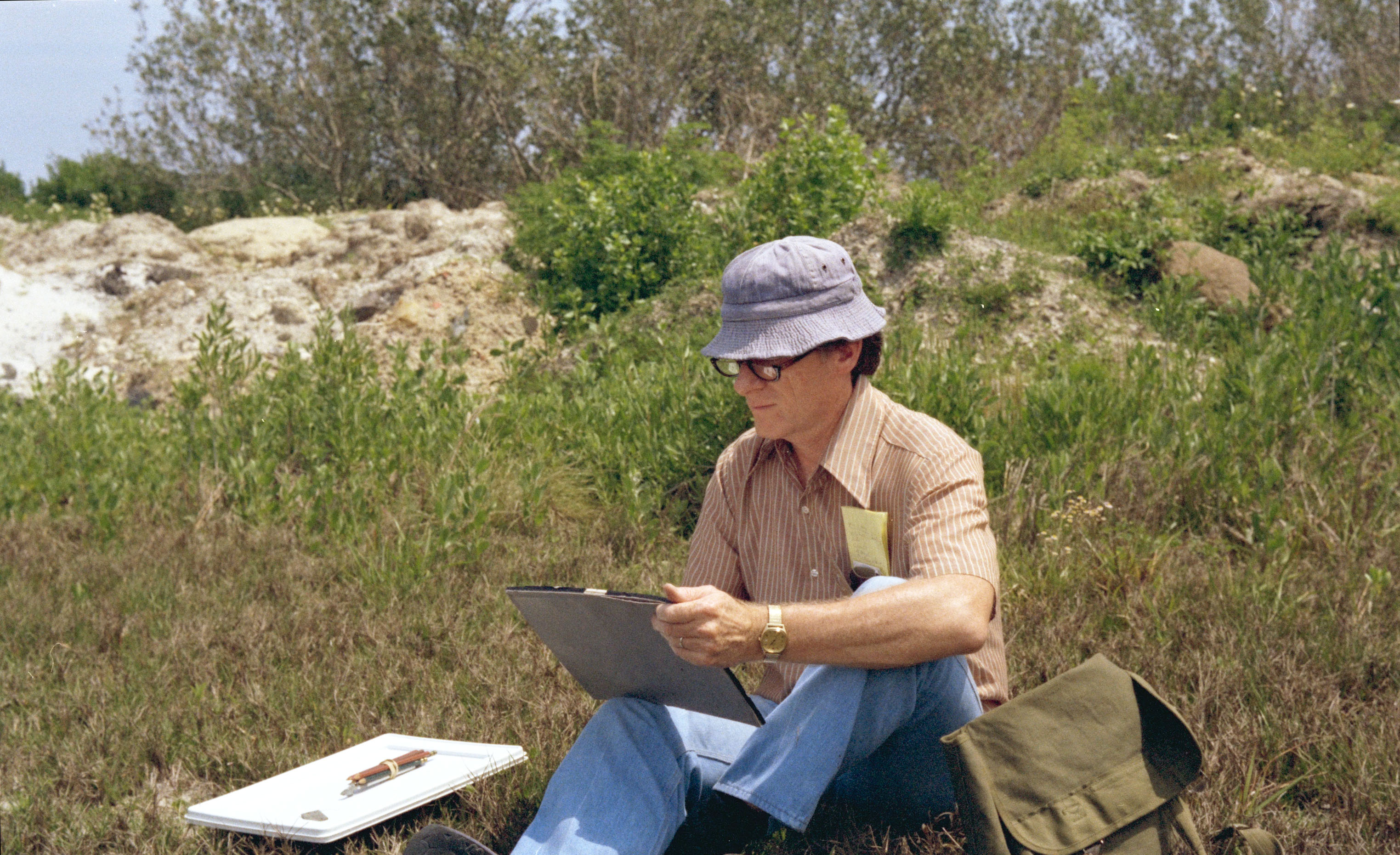
A Different Perspective – Remembering James Dean, Founder of the NASA Art Program
In March 1962, NASA Administrator James Webb addressed a two-paragraph memorandum to NASA Public Affairs Director Hiden T. Cox about the possibility of bringing in artists to highlight the agency’s achievements in a new way. In it, he wrote, “We…
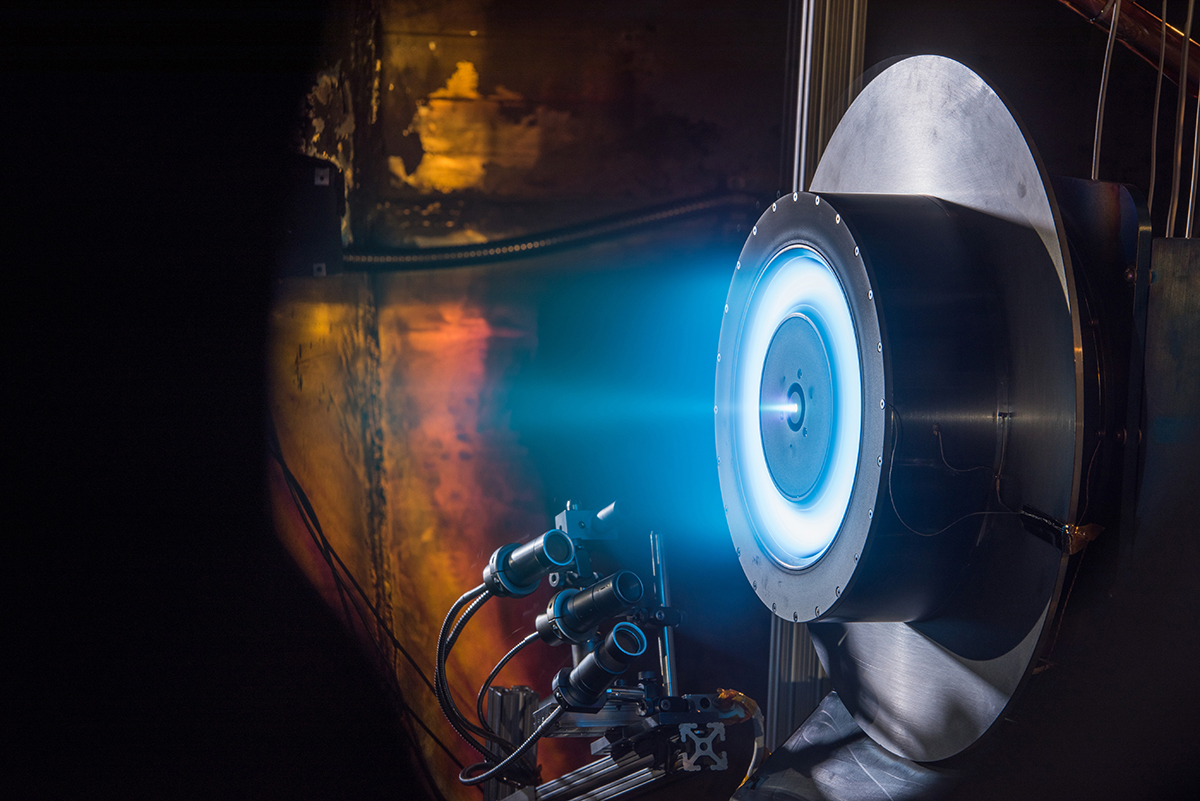
Tech Today: NASA’s Ion Thruster Knowhow Keeps Satellites Flying
In low Earth orbit, satellites face a constant challenge – a tiny amount of atmospheric drag that, over time, causes them to slow down and decay their orbit. To combat this, spacecraft rely on in-space thrusters to adjust positioning and…
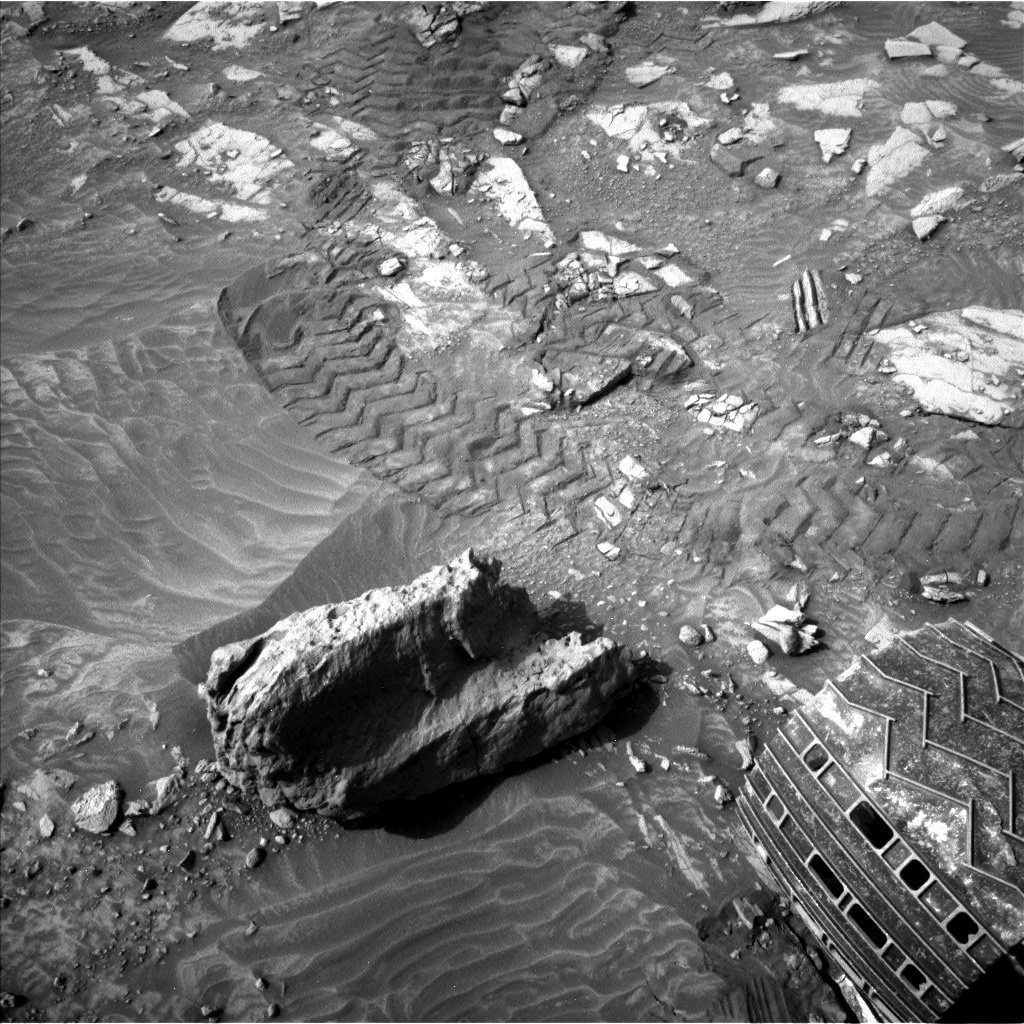
Sols 4175-4177: Don’t Blink We’re Taking a Picture
Curiosity loves to drive so it’s pretty rare we stay at a location longer than one planning cycle without the intention of drilling.
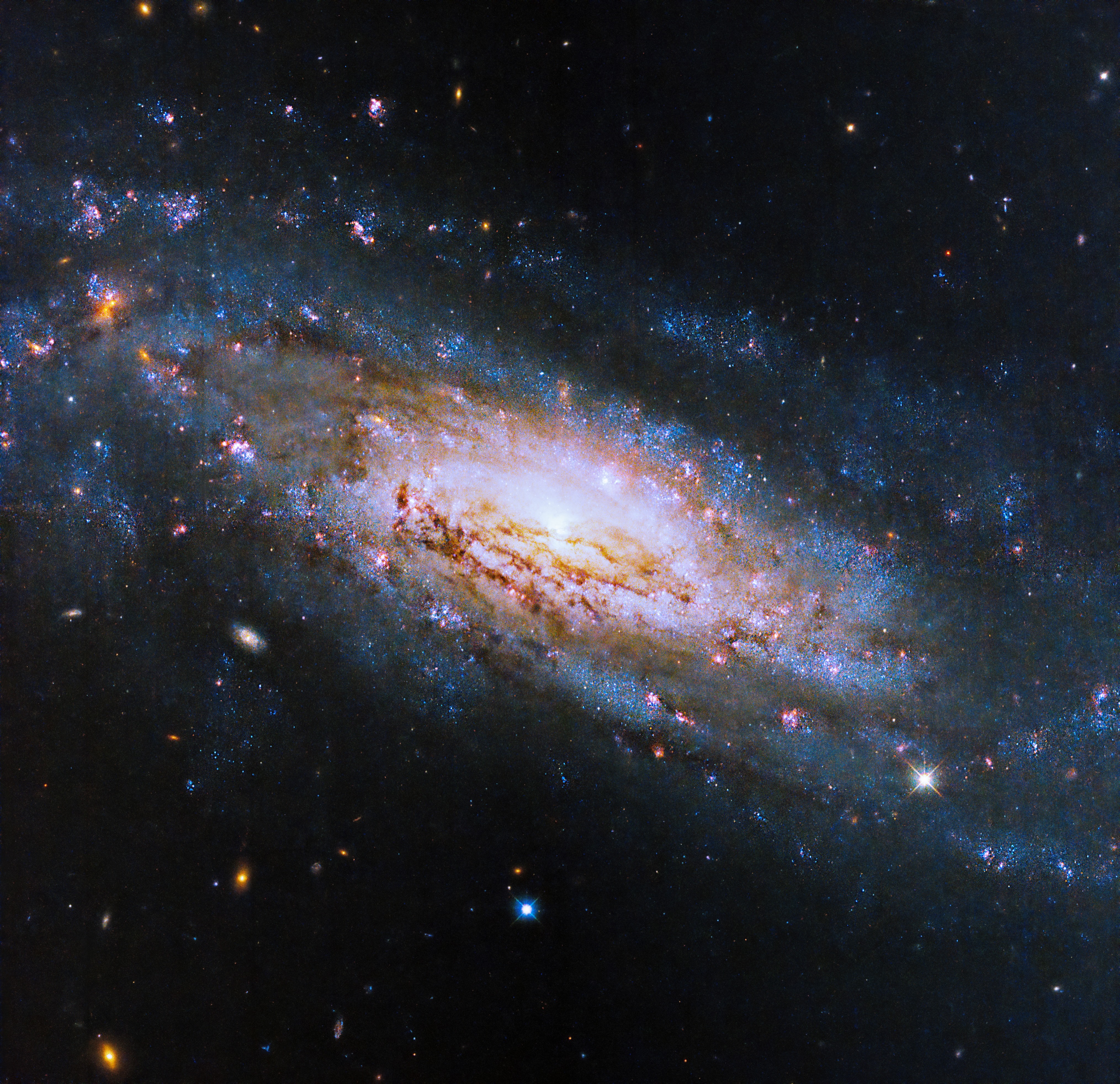
Hubble Views a Galaxy with a Voracious Black Hole
Bright, starry spiral arms surround an active galactic center in this new NASA Hubble Space Telescope image of the galaxy NGC 4951. Located in the Virgo constellation, NGC 4951 is located roughly 50 million light-years away from Earth. It’s classified…

ARMD Solicitations
This ARMD solicitations page compiles the opportunities to collaborate with NASA’s aeronautical innovators and/or contribute to their research to enable new and improved air transportation systems. A summary of available opportunities with key dates requiring action are listed first. More…
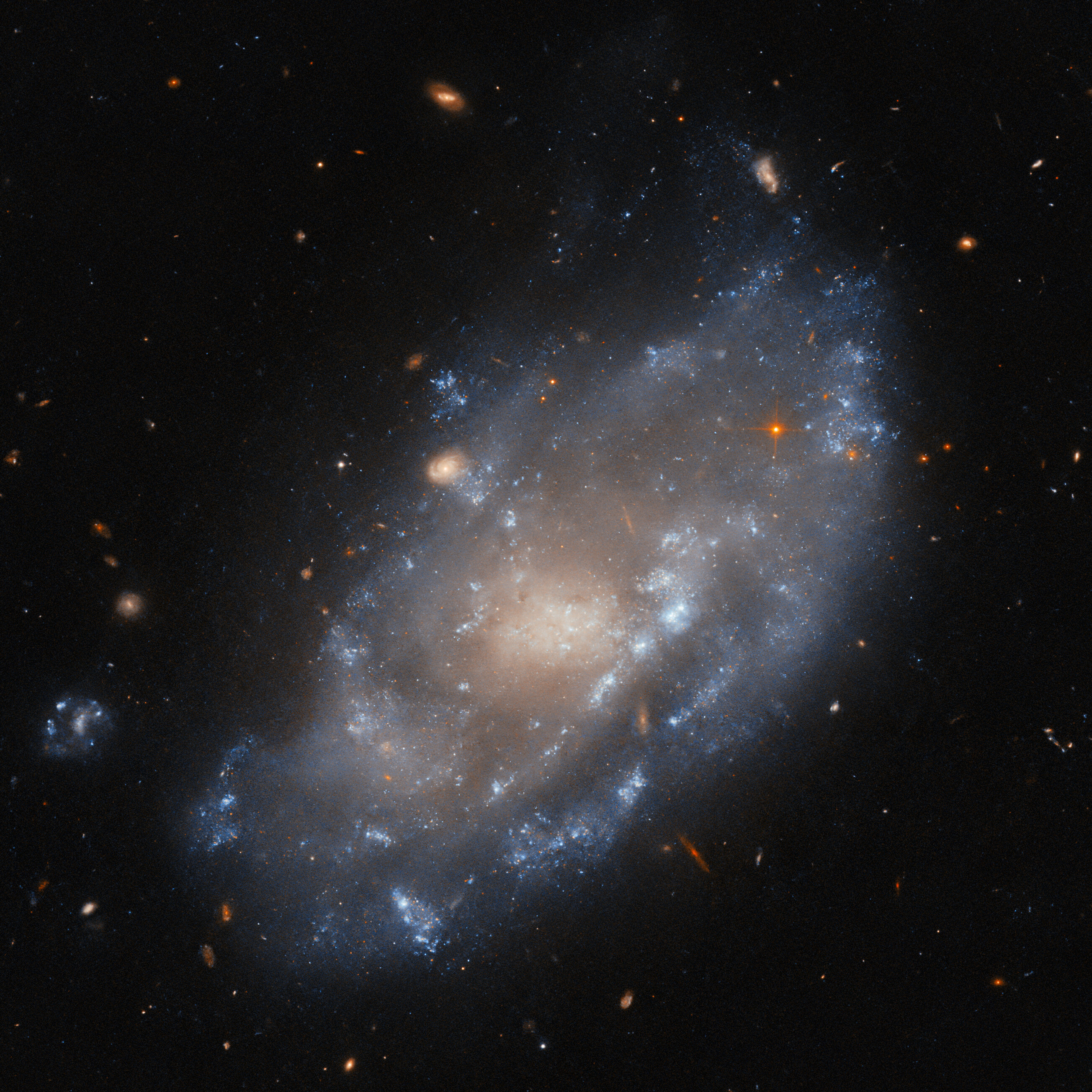
Hubble Hunts Visible Light Sources of X-Rays
This NASA/ESA Hubble Space Telescope image features the dwarf galaxy IC 776. This swirling collection of new and old stars is located in the constellation Virgo, in the Virgo galaxy cluster, 100 million light-years from Earth. Although IC 776 is…

